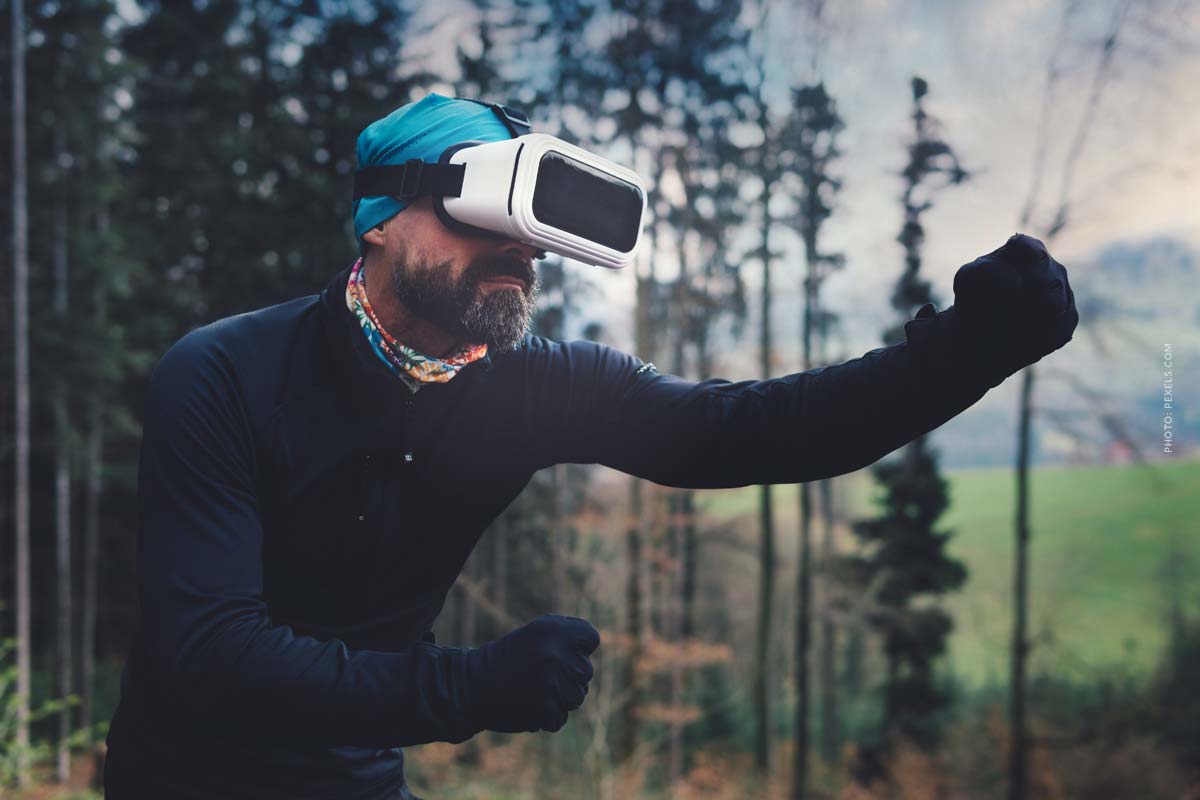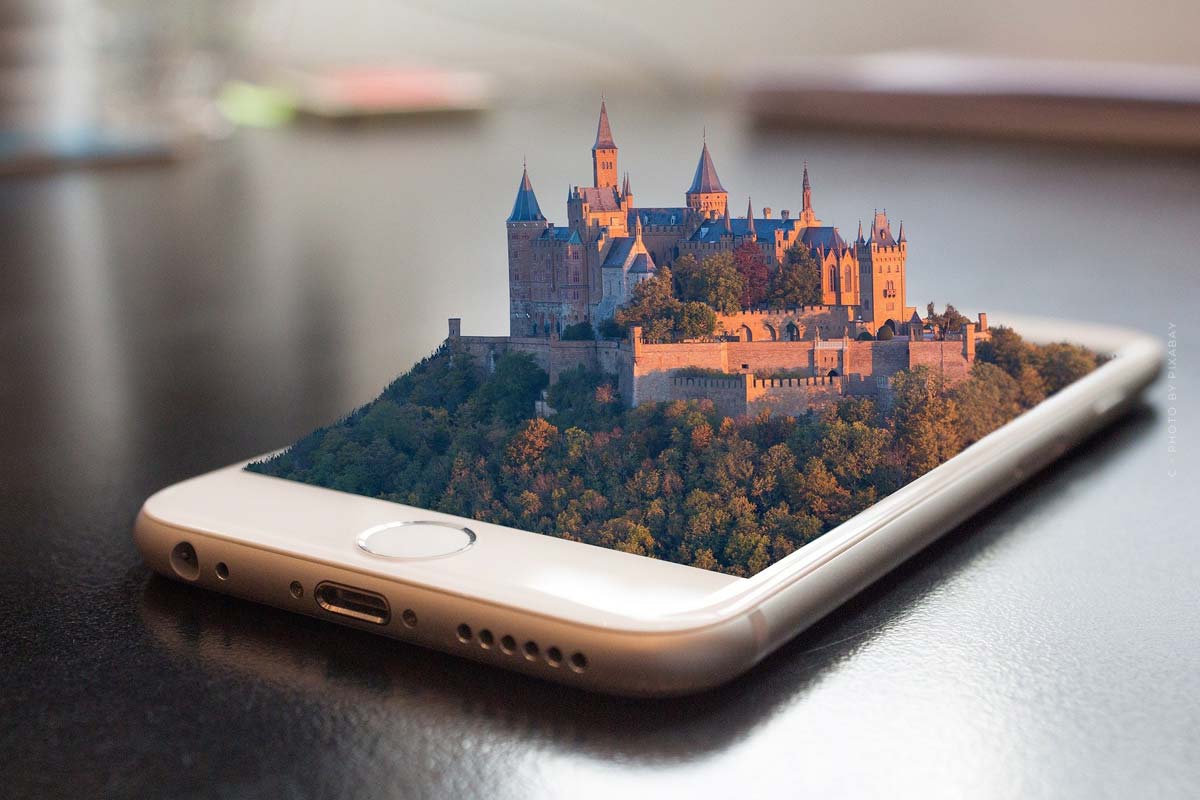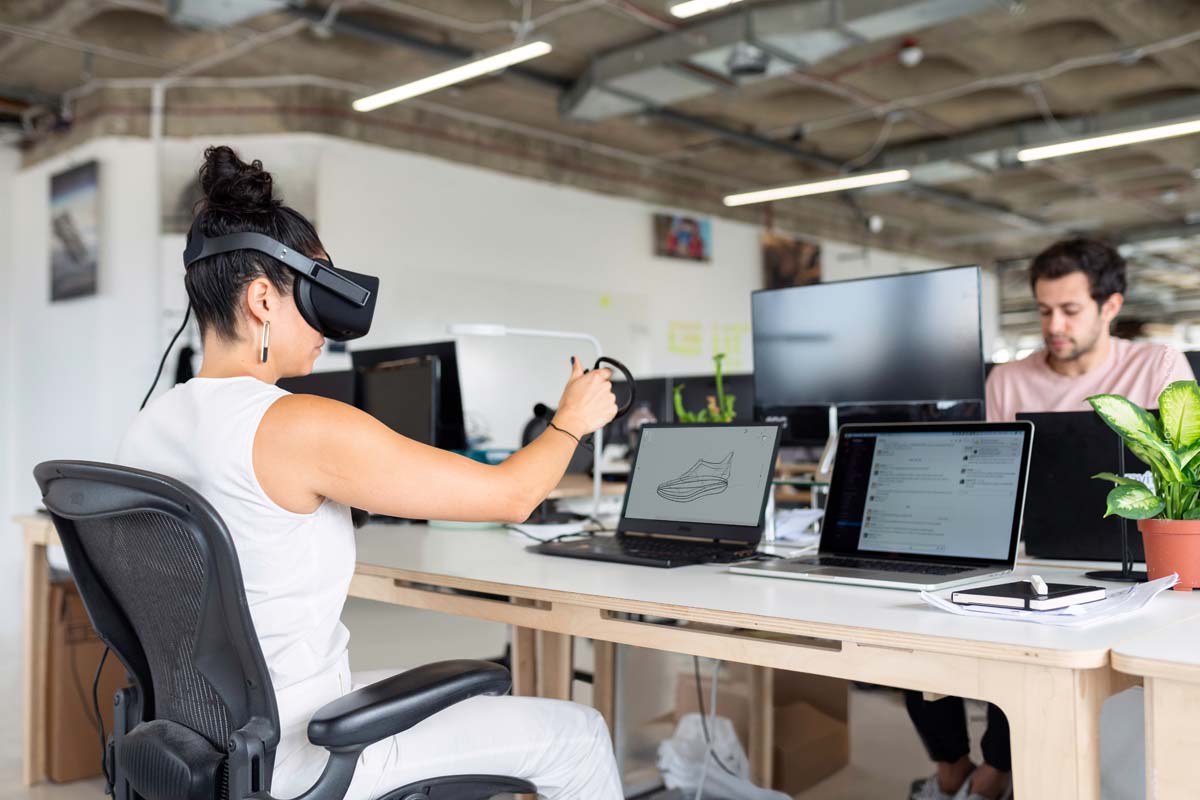Augmented Reality (AR): Difference to VR, application areas & marketing
Augmented Reality – Everyone has noticed the hype around the app “Pokémon Go”. The app uses augmented reality technology to display and catch Pokémons in your environment. But what exactly is augmented reality? Augmented reality, or AR for short, means augmented reality or enriched reality. In other words, digital elements are inserted into our real world in a pair of glasses or on a screen. Our real environment and the virtual information overlap. No complicated technology is needed, only a screen is required. In general, any newer device can display AR, as this software only uses the microphone, camera image and other sensors to insert digital elements in real time.
The difference between Augmented & Virtual Reality
AR & VR –

AR application areas: Examples
These are examples of AR application areas:
- Medicine
- Military and civil protection
- Product visualizations
- Entertainment
- Navigation
- Space visualizations
Augmented reality in marketing
There are various ways to integrate AR in marketing. Here we have listed a few examples for you:
Virtual Fittings
Virtual Fittings can provide customers with a unique digital and/or offline shopping experience. For example, online shopping with smartphones and tablets is very popular. With the help of augmented reality features, a special added value can be created to test products virtually before they are purchased.
Visualizations
AR offers various options for visualizing processes. For example, in construction projects, construction phases can be visualized, additional information can be faded in, and it is possible to look inside buildings. Print media can also be brought to life. Especially in the real estate industry, this gives great added value, as potential customers can view the project from all angles.
Promotions
A very popular use of AR is the use of AR effects on the various social media channels, such as Instagram, Snapchat and Facebook. Unique brand experiences can be created with the help of facial recognition.











 4.9 / 5.0
4.9 / 5.0